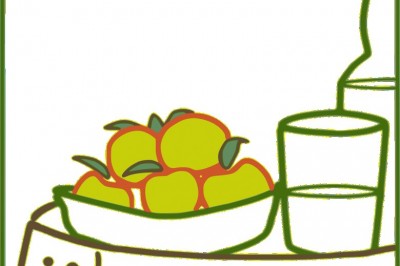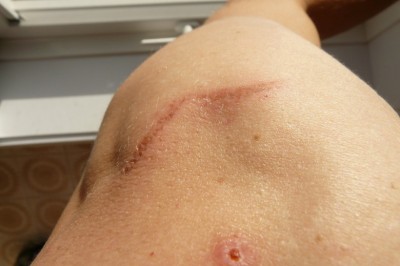Ever wonder why it is called French polishing?
Ill bet most of us have admired a quality piece of timber furniture, especially the finish that accentuates the grain and shows off a deep rich lustre. Some may know that this finish has been achieved through a process called French polishing, but I wonder how many of us know the history of this process, or how it is achieved? The French are popularly believed to have taken and refined the process of french polishing from English craftsman who invented it in the mid 1600s. The process involves a very curious ingredient, shellac, leaving you wondering just who thought of using that? Shellac is a flaky material (rather like brown naphthalene) that is made from the excreted resin of the lac bug, kerria (syn. laccifer) lacca - a very small red parasitic bug that attaches itself to a small variety of trees in India and Southeast Asia. The lac insect feeds on the sap of the host tree and secretes the lac as a protective shell; within which the females lay their eggs. Shellac is a natural polymer and is chemically similar to synthetic polymers, thus considered a natural plastic. It can be molded by heat and pressure methods, so it is classified as thermoplastic. A french polisher will dissolve the shellac flakes in a quantity of methalyted spirits, or other de-natured alcohol, and then rub them onto the carefully cleaned and sanded surface of the timber using a cotton pad stuffed with soft wadding. French polishing is really a repetition of this step multiple times, until many layers of smooth shellac finish remain. This surface is then buffed and polished with ever finer materials, like lambs wool, until the characteristic lustre is achieved. Traditionally, the higher quality hardwoods such as mahogany, teak and cedar were chosen for this treatment, as even in early times, french polishing was considered an expensive labor intensive luxury, to be done by artisans for the pleasure of the wealthy. In years after World War 2, french polishing fell from favor, replaced by spray lacquers, varnish and other cheaper more automated processes that better suited the ever increasing tempo of the modern manufacturing age. That does not mean that today you cannot see a craftsman french polishing a piece of furniture, its just that is more likely to be an amateur enthusiast demonstrating their skills at a trade fair or exhibition, rather than a tradesman earning a living. SEO Solutions and one way link publicity services provided by LinkAcquire. David C Skul - CEO LinkAcquire.com and Relativity, Inc. can provide global market exposure and solutions


























